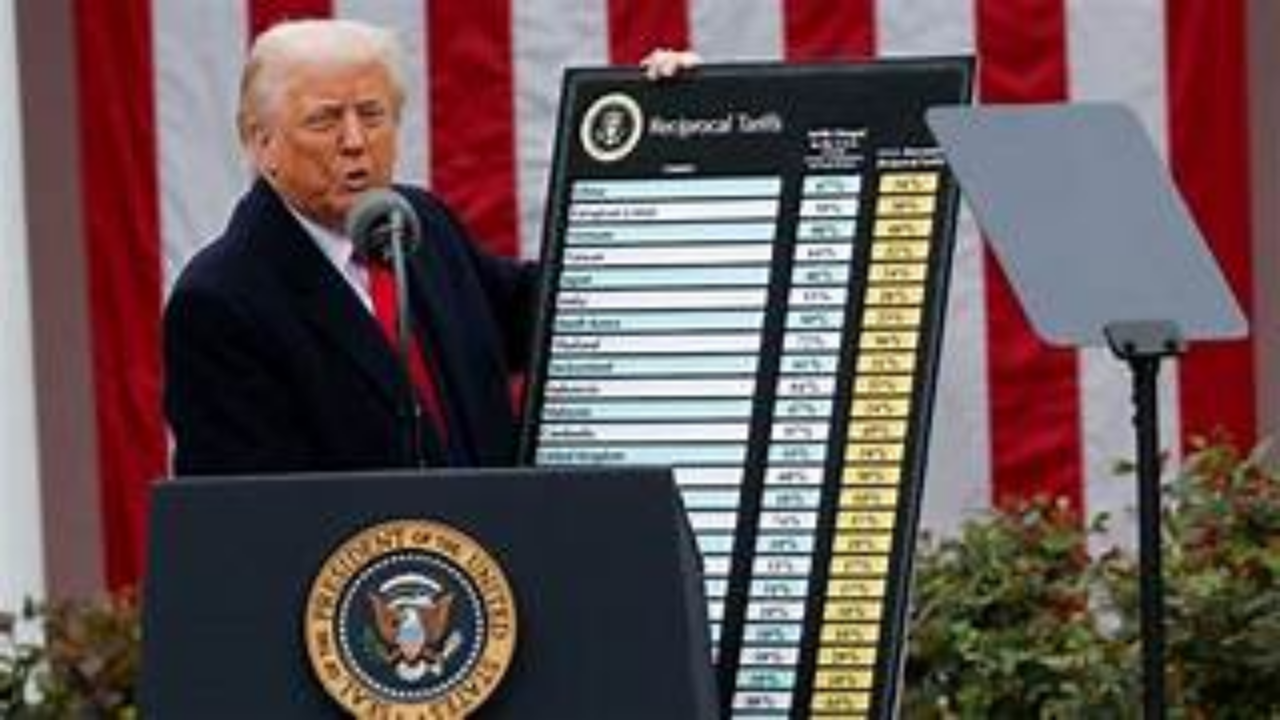India’s Economic Outlook Amid US Tariffs
The US tariffs are impacting India’s economy, leading to a projected dip in GDP and potential challenges for key industries. Economists Soumya Kanti Ghosh of the State Bank of India and Lakshmanan V. of Federal Bank have weighed in on the situation, highlighting both the risks and potential solutions.
Key Economic Impacts
- GDP & Trade: Ghosh has revised India’s GDP forecast down to 6.3%, a decrease from the RBI’s 6.5% projection. This slowdown is primarily due to reduced demand for Indian exports and a projected downturn in global trade. He notes that while a 25% tariff has already been factored in, any further escalation would have a more severe impact.
- Current Account Deficit (CAD): The tariffs could cause a drop in exports of key goods, potentially widening the CAD by 20–30 basis points. However, Ghosh is cautiously optimistic, believing the CAD will remain below 1% of GDP, thanks to the strength of India’s services sector.
- The Rupee: Despite these concerns, the rupee has remained relatively stable, trading within an 86.5–88 range. This stability is attributed to the RBI’s active intervention in currency markets, which has helped offset the trade shock.
Affected Industries
- Hardest Hit: The tariffs are most severely affecting labor-intensive sectors like gems and jewelry and textiles. These industries face the risk of job losses and a decline in orders.
- Less Exposed: Other sectors, such as electronics machinery and pharmaceuticals, are less exposed for now. However, the pharma industry could become vulnerable if retaliatory measures are implemented.
Recommended Solutions
To mitigate the effects of the tariffs, Ghosh suggests a two-pronged approach:
- Short-Term Support: He recommends reviving the discontinued export credit guarantee scheme to provide immediate relief to the affected sectors.
- Long-Term Reforms: He also calls for structural reforms, such as finalizing an agricultural export policy and streamlining regulations, to ensure long-term economic stability and growth.
